Total hip replacement surgery is renowned treatment for hip pain with restricted mobility and movement hampering daily activities. This information helps you to understand when and why one require or should go for hip replacement surgery.

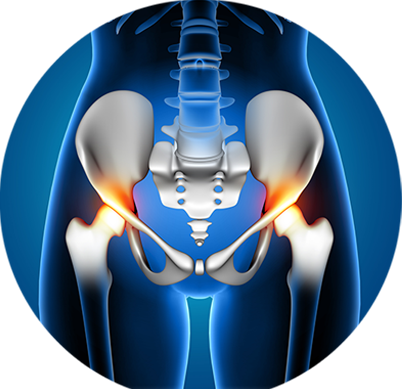
Total hip replacement surgery is renowned treatment for hip pain with restricted mobility and movement hampering daily activities. This information helps you to understand when and why one require or should go for hip replacement surgery.
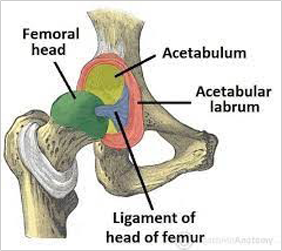
Hip is a ball and socket type of joint which is the largest joint of body. Socket formed by acetabulum (part of pelvis bone) and ball is formed by head of femure(thigh bone) . joint surface id made of smooth cartilage covered with joint capsule and synovial membrane. In joint cavity there is synovial fluid with lubricate the joint. Joint stability provided by ligaments which connects hipball and acetabulum together.
Hip pain occure due to bony or secondary to surrounding soft tissue condition which lead to damage of joint surface includes:
Hip pain occure due to bony or secondary to surrounding soft tissue condition which lead to damage of joint surface includes:
Avascular Necrosis of Hip
Head of femure necrosis due to compromised blood supply due to which there is loss of subchondral bone and joint surface damage which damages acetabulum cartilage at the end.
There are so many causes of AVN but including long term steroid intact, smoking, alcohol and coagulopathy disorder.
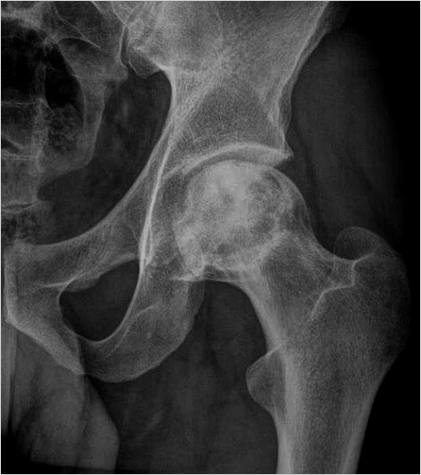
Osteoarthritis
mainly due to age related in which femoral head and acetabular cartilage damage which causing pain.
Rheumatoid Arthritis
in which synovial inflammation causing secondary damage to hip joint cartilage and arthritis.
Secondary Arthritis
mainly due to hip joint fracture or fracture of acetabulum which causes joint arthritis
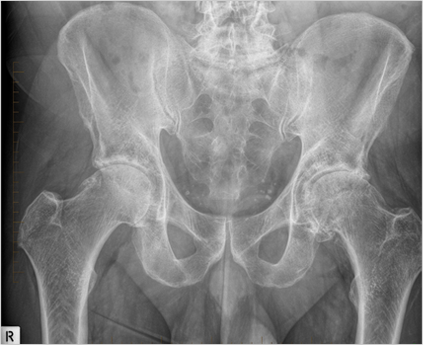
It not depends on age criteria rather it depends on criteria of pain and disability to perform day to day activities
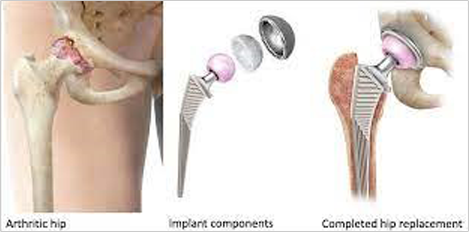
Multiple factors affect prognosis in which patient factors include weight, systemic disease like diabetes, cardiac or kidney related , drug addiction/tobacco/smoking as there is high chance of postoperative wound complication, infection or deep vein thrombosis (clotting of blood in blood vessels) in these patients, neurological status of both lower limb .
Prognosis and better outcome also depends on the skill of surgeon , operation theater environment , usage of advance instruments and techniques , quality of implants.
Patient is made walk from the same day or 2nd day of surgery. Normal range of motion exercise started from 2nd day of surgery according to patient comfortness. Urine catheter removed on 2nd or 3rd day of surgery and toilet training started while patient is admitted in hospital. Suture removal on 14th-15th day of surgery. Other normal household activities including stairs climbing should be started as far as patient comfortable as eventually all patients resumes normal activity after 5-6 weeks of surgery.
Due to metal in body some may feel foreign material and sometimes may get feeling of clunk at hip joint which is very normal and get wear off as time passes and as patient get used to it. Prosthetic joint may detected by metal detector at airports or any other security check out point for that you need to ask your doctor to make implant card or get certificate of implant in body from your operating surgeon
As joint is made off metal and plastic component it can be wear and tear of joint after sometime which should be prevented by
Please complete the form below to request an appointment. A member of our intake team will follow up with you.
Vraj Complex, 302, 100 Feet Rd, Near Shyamal Cross road, Jodhpur Village, Ahmedabad, Gujarat 380015